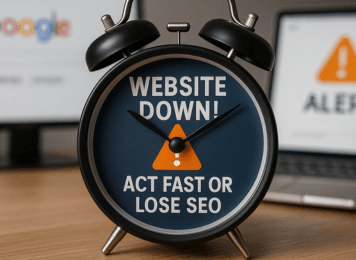Imagine this: your website goes down during peak traffic hours. You have a monitoring tool in place, and yes — it sends an alert. But by the time someone notices and takes action, you’ve already lost dozens of potential customers, and your search rankings have quietly started to slide. This is not an edge case — it’s a daily risk for thousands of businesses.
When it comes to website performance, alerts alone are never enough. The real differentiator is how fast your business reacts.
